7 Common Weeds in Buffalo Grass
Weeds in Buffalo lawns can quickly turn your dream lawn into a nightmare. For Australian homeowners, tackling these invasive plants is essential for preserving the beauty and ...

Maintaining a pristine lawn in Australia can be challenging, especially when pests like mealybugs threaten its health and appearance. To provide expert guidance on protecting lawns from these pests, TurfBreed Expert Turf Manager Nathan Tovey looks at what mealybugs are, how to identify them, top tips for control, insecticide application timing and effectiveness.
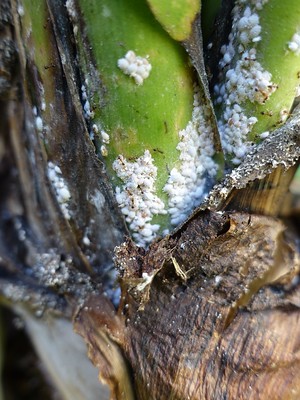
Mealybugs are small, soft-bodied insects belonging to the Pseudococcidae family. They are common pests in Australian lawns, feeding on plant sap and secreting a white, waxy substance that protects them and can resemble cotton or mould. Mealybugs can weaken grass and create unsightly patches if left unmanaged.
Learn more about common lawn pests in Australian gardens here.
“Identifying mealybugs is crucial for effective control.”
Mealybugs appear as small, oval-shaped insects covered in a white, powdery wax. They typically cluster together on grass where the leaf blade meets the stem, or near the soil surface. Their presence may also be accompanied by sticky honeydew secretions and sooty mold growth.
“Regular inspection of your lawn is key to early detection of mealybug infestations.”
Routinely check grass blades, stems, and soil for signs of mealybugs, particularly in areas prone to moisture or shade.
“Selective insecticides can be effective in controlling mealybugs.”
Apply insecticides containing active ingredients such as imidacloprid or acetamiprid according to label instructions. Target areas where mealybugs are present and ensure thorough coverage for optimal results.
“Insecticide application timing depends on mealybug activity and life cycle stages.”
“Early detection and treatment during periods of high mealybug activity, typically in warmer months, yield the best results.” The effectiveness of insecticides varies but generally lasts for several weeks to months, requiring periodic reapplication as needed.
Learn more about the best time to apply lawn insecticides here.
“Apply a wetting agent and use a fertiliser to invigorate your lawn,” Nathan says.
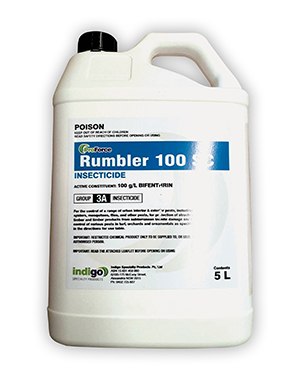
Indigo Rumbler 100SC 1L is suitable for use on Zoysia, Kikuyu, Couch and Buffalo grasses.
At an application rate of between 12mL and 44mL/100sqm, Indigo Rumbler 100SC controls a range of pests such as; Lawn Armyworm, Sod Webworm, Argentine Stem Weevil, African Black Beetle, Billbug, Ants, Subterranean Termites and Cutworm.
SHOP NOW
LawnPride HydraMaxx 2L Hose On is an ideal liquid Soil Wetting Agent used when watering is restricted.
Grasses suitable for LawnPride HydraMaxx 2L Hose On are Zoysia, Kikuyu, Couch and Buffalo.
SHOP NOW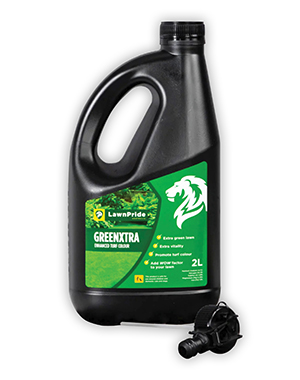
LawnPride GreenXtra 2L Hose On is a top selling liquid fertiliser containing stabilised Nitrogen, Iron and Magnesium that provides extra lawn green-up without excessive growth.
SHOP NOW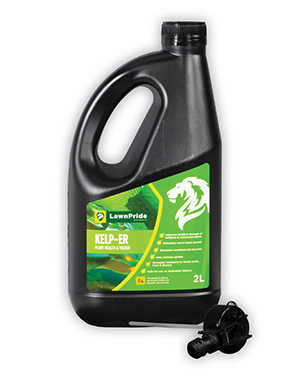
LawnPride Kelp-ER 2L Hose On is an effective stimulant for year-round resistance to pests, frost and disease, promotes natural healthy growth, stimulates root development and releases locked up nutrients. It is safe to use on Zoysia, Kikuyu, Couch and Buffalo grasses and treats 200sqm.
SHOP NOW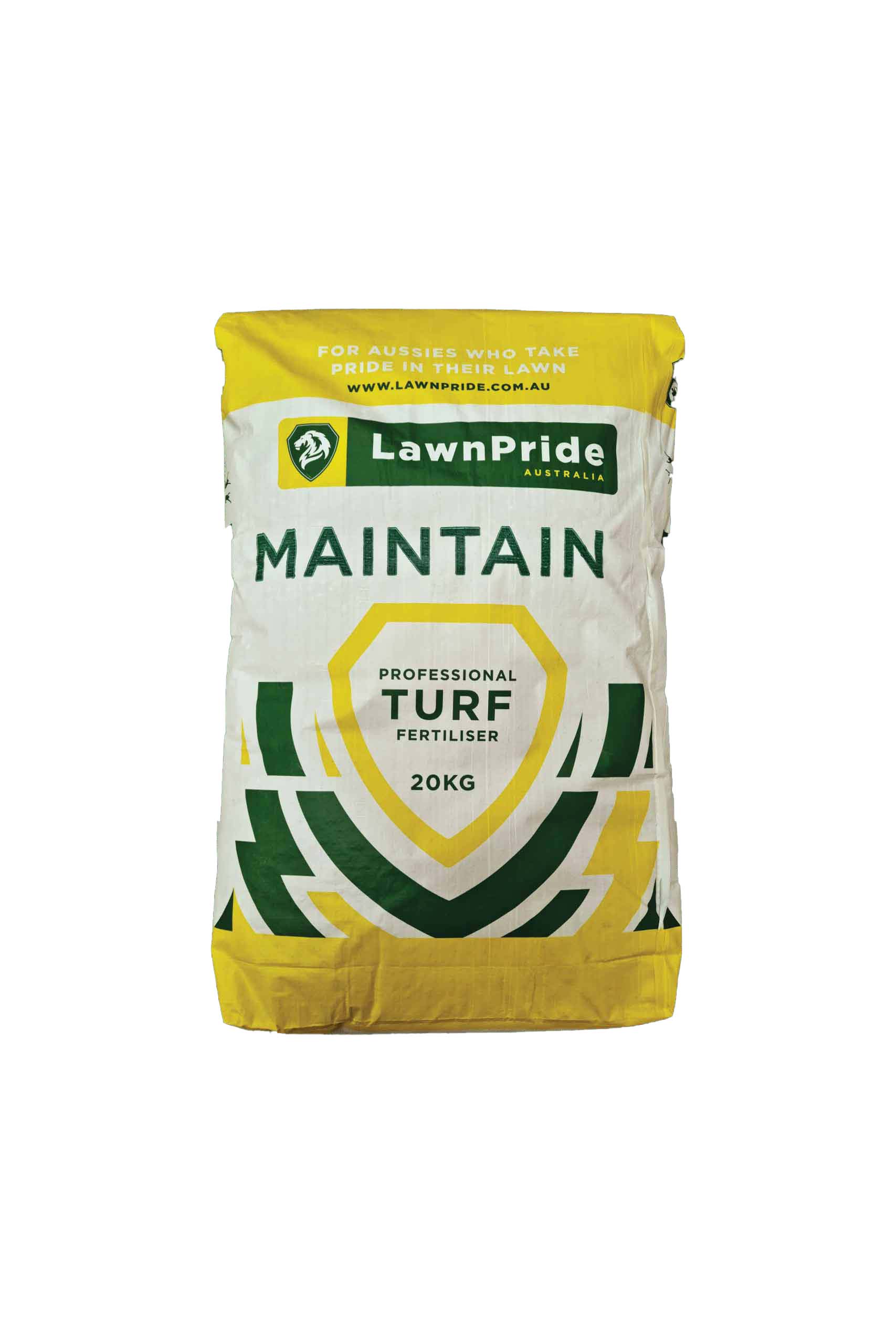
Lawn Pride Maintain 26-1-9 + 3.4 Fe 20kg is one of the most popular granular all-round lawn fertilisers on the market with the active ingredients of Nitrogen (N – 26), Phosphorus (P – 1), Potassium(K – 9) and Iron (Fe – 3.4).
SHOP NOW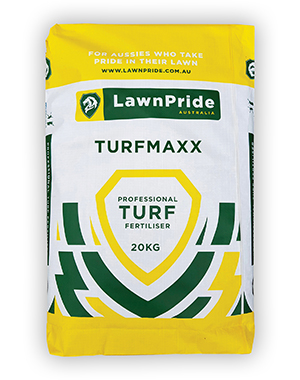
LawnPride Turfmaxx 19-1-16 +3Fe 20kg is an economical granular lawn Fertiliser.
The active ingredients in LawnPride TurfMaxx 19-1-16 +3Fe 20Kg are Nitrogen (N – 19), Phosphorus (P – 1), Potassium(K – 16) and Iron (Fe – 3).
Grasses suitable for LawnPride TurfMaxx 19-1-16 +3Fe 20Kg are Zoysia, Kikuyu, Couch and Buffalo.
SHOP NOWProtecting your Australian lawn from mealybugs requires proactive monitoring, strategic management practices, and timely intervention.
By implementing the insights provided by TurfBreed Turf Manager Nathan Tovey, including regular inspection, targeted treatments, and natural control methods, homeowners can effectively combat mealybug infestations and maintain a healthy, vibrant lawn. Visit myhomeTURF’s online shop for lawn care, treatment and maintenance products.